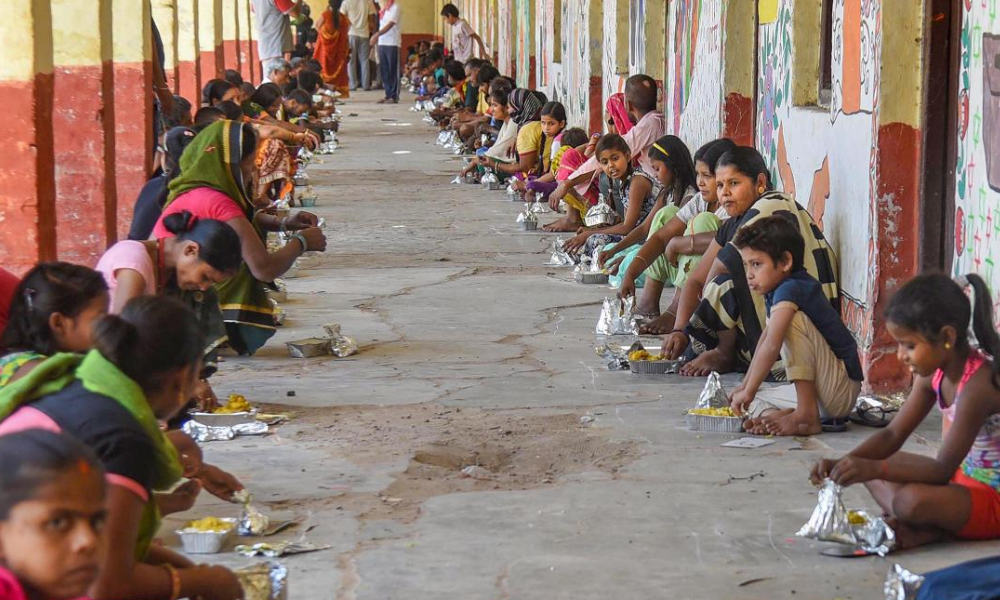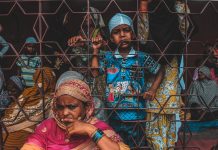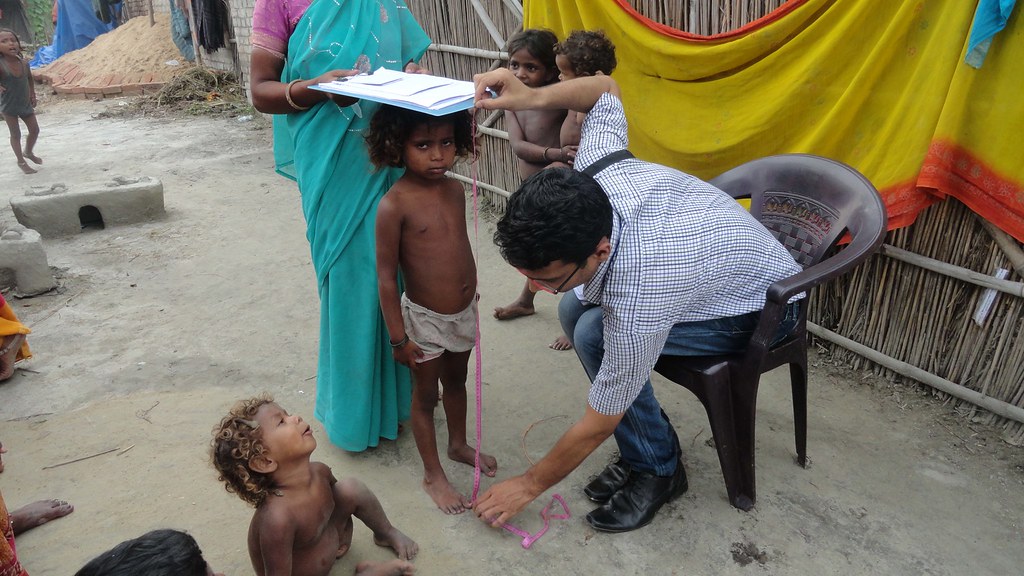I will initiate a discussion here in the form of an essay concerning the “narrative” inherent within the handling of the coronavirus outbreak. It should begin with addressing an epilepsy in the mind and behaviour of the urban mandate. The outbreak witnessed an attitude of dispossession of the subject.
The subject although affected by the virus saw himself as inconsequential compared to his economic counterpart.
The Other here became the medium of a “symbolic fight” against the virus. The Other was the face of victimhood. In a platonic turn towards the handling of the state in difficult times, it were urbans, with their obvious qualification of privilege, who stood up and curated the “universal” right—the highest form of moral action. The Idea is that of foreseeing a better future on the other side, but who is setting the dialectics in motion—the subject in his activity with itself—the subject who is fondling the universalization of his ethics? Note: I call the subject the urban narrative since I have mechanized, or machinized(more materially appropriate term) his backward Other.
The pandemic came with an influx of paranoia and settled here as a disease of ‘Untouchability’—same form, different content.
The poor given the epithet “affected the most” by the lockdown(and mass hysteria, notably the Muslim vendors), were tolerated—tolerated because they were unlike us—their plight had gravitas. It was in strict sense a “democratization of the virus”. The spiritualization of tolerance needs to be decontextualized. The tolerance in the present democratic-libertarian state comes from accepting the Other culture and condition despite it not being theirs’; not because of it not being theirs’, but despite of it not being theirs’. Their tolerance is a form of violence: it is violent because it comes from a benign acceptance of the current socio-economic culture. It comes from a form of superiority in one’s socio-economic condition. The Master here is not the virus(or the lockdown, or the fear), the Master here is the ‘urban narrative’. This hegemonic narrative has universalised livelihood. In an economy of consumerism, where basic essentials are commodified, who is to decide the surplus and the bare minimum? In an economy where water is owned as a luxury, who is ready to call it a ‘basic necessity’, as an amenity where requirement is contingent on the place of living?
The number of reported domestic violence cases increases in India during the lockdown. There is despair and anger evident in the narrative. In the ‘universalization’ of human rights, the facts contingent to the violence are never reported. In the abstract-universal notion of truth, the cultural-religious violence on women is never known. The violence on women, both physically straining and emotional, in households and culture that condemns women to slavery in a toxic environment of masuclinity, of elderly prying, in a constant cycle, day in, day out, is systemic—it is not ‘externalised’ and made violent. This is a form of violence which is culturo-regional. It is often orchestrated by a female elderly who has grounded the woman’s being as a particular with no contact with her universal identity.
The narrative at present aims at the physical violence known to be the standard browbeating of a frustrated male; who is to account for violence that is particular, contingent to the culture—of rural places where women, far from being aware of her universality, enjoy fleeting moments of freedom in the absence of her husband and other eldely males?
The ideological narrative also applies to the migrants, who are essentialized for them being the ‘daily wage’ labourers. It is all that should be known. Their “affectedness” is commodified to them having no money(a proper materialist attitude). It is the narrative that defines what their fears, what their needs and insecurities are. Their plight has been rendered universal. Urban India is on a compensatory mission—systemic exploitation meets with a momentary ‘act’ of giving. This is where capitalism reaches its end goal. This is a cycle through which it sustains itself.
The universality of égaliberté, moving towards decontextualization of identity-based violence, has uprooted an individual from his belongingness, placed him bare and commodified him as a piecemeal derivative of the unfortunate. It should be recalled he is not the “negative” in fortune, he is one who is exploited—in times of crisis, as well as in times of an economic boom. We are in, what zizek calls, a ‘culturalization of politics’—political strength through a culture of universality.
The urban media moved from one discursive to another—talked about human rights in one case inasmuch the same length as the other. Every individual in this world, according to this narrative, is equal and universal—far bigger than any cultural-religious-economic constraint.
We are in this equalibertarian matrix where struggle is liquified. It is defined by one who finds in himself the ‘negation’ of a struggle.
Each individual is equal and is free to think. The paradox of it, owing to a relative universality that is contingent to the cultural(particular) identity, is, as Zizek puts it, “Think free, but obey!”
The abstract narrative gives an individual a ‘place of no-place’. The violence that takes shape in the spectre of égaliberté—when the gap between a ‘contingent’ space of being and an abstract ‘universalised’ form of being is ignored—is grave.
The gap itself has been universalised. In retrospect, the ‘autonomy’ of narrative needs to be analysed and the question that needs to be asked here is: What is contained within the ‘language’ of the narrative—tolerance or exploitation?
Ayush Jain is The New Leam Staff Writer – based in Bangalore.











